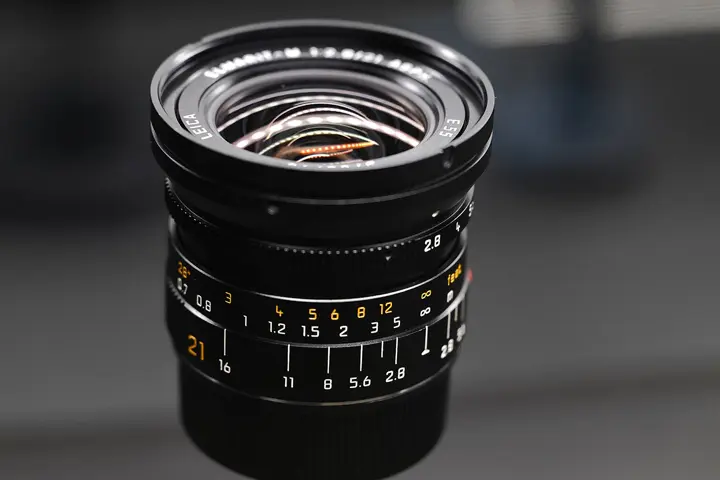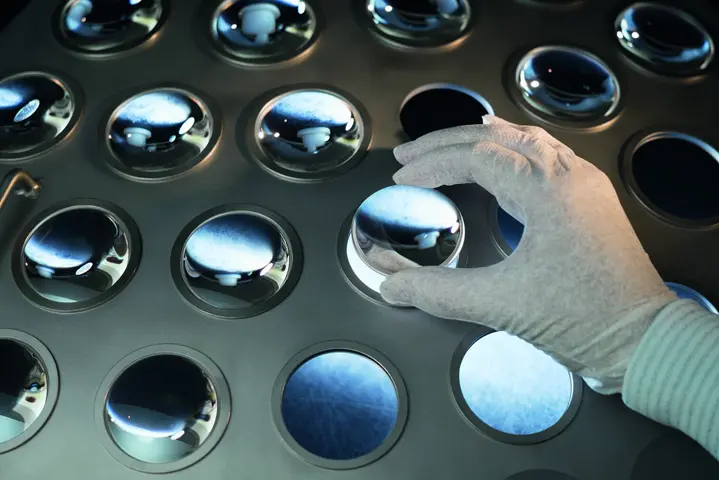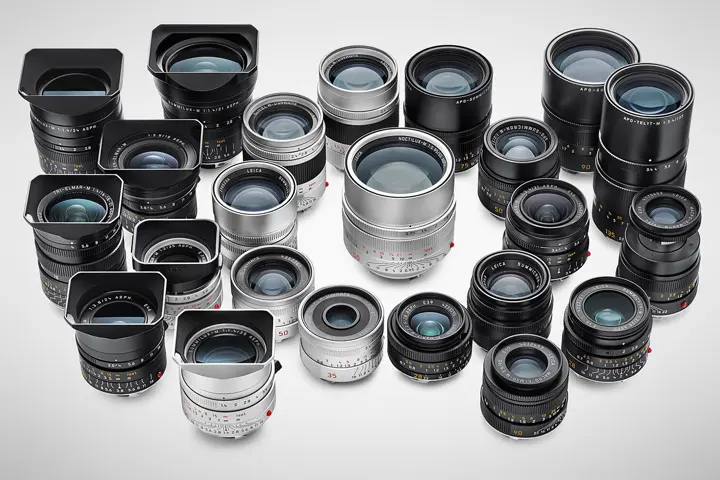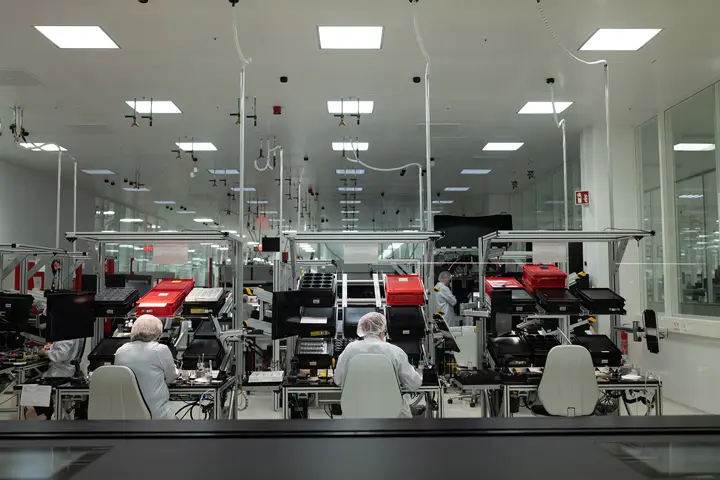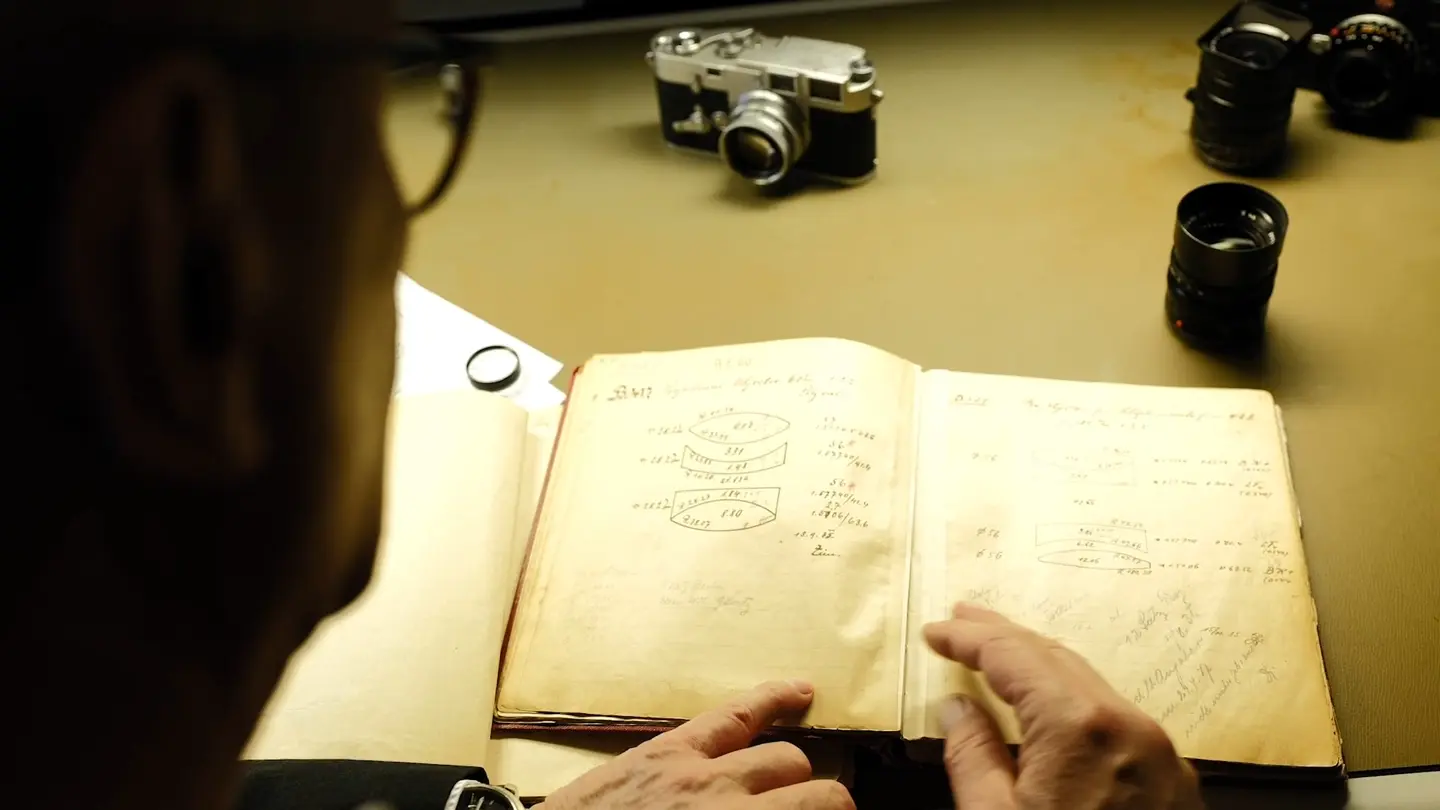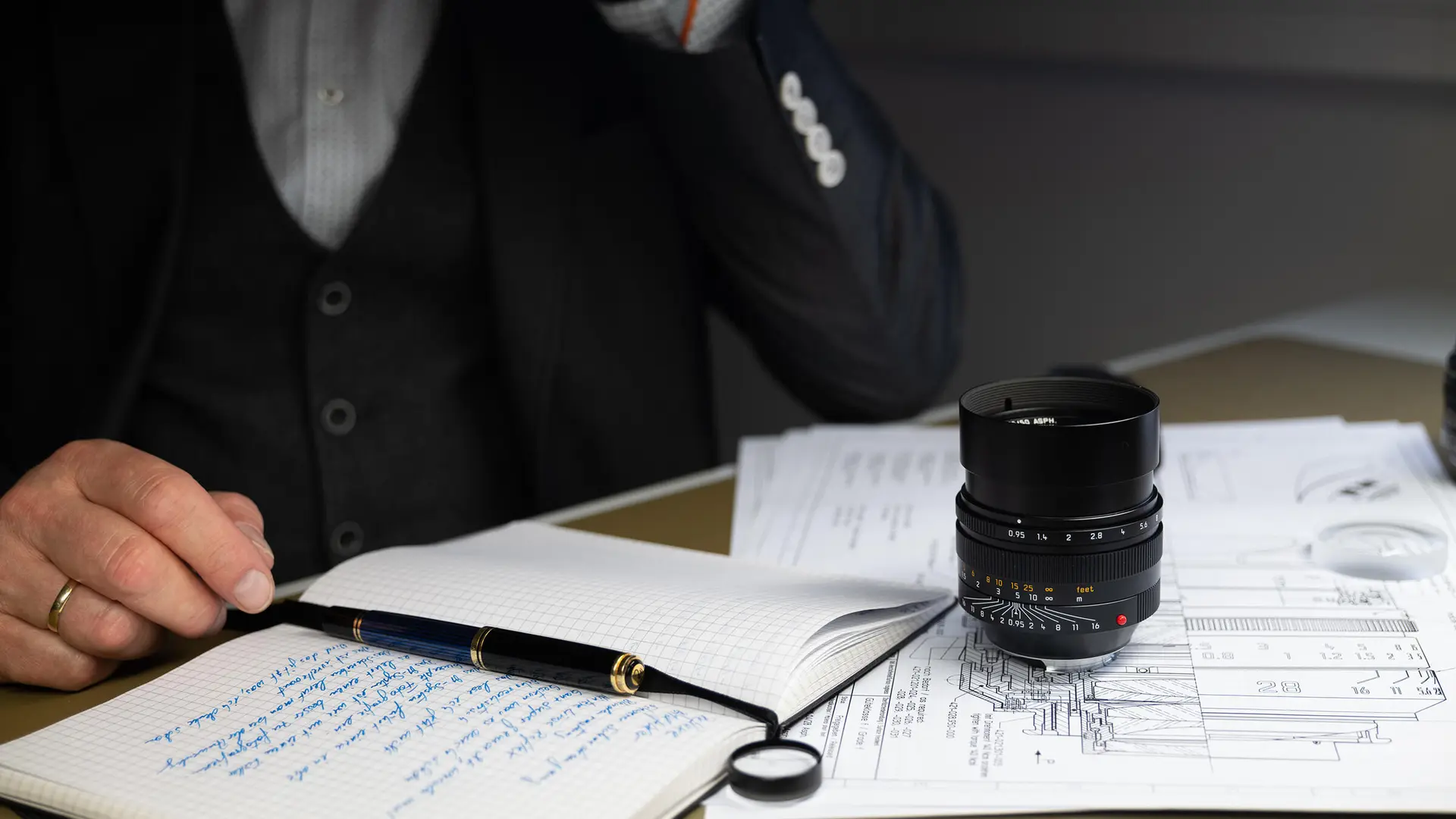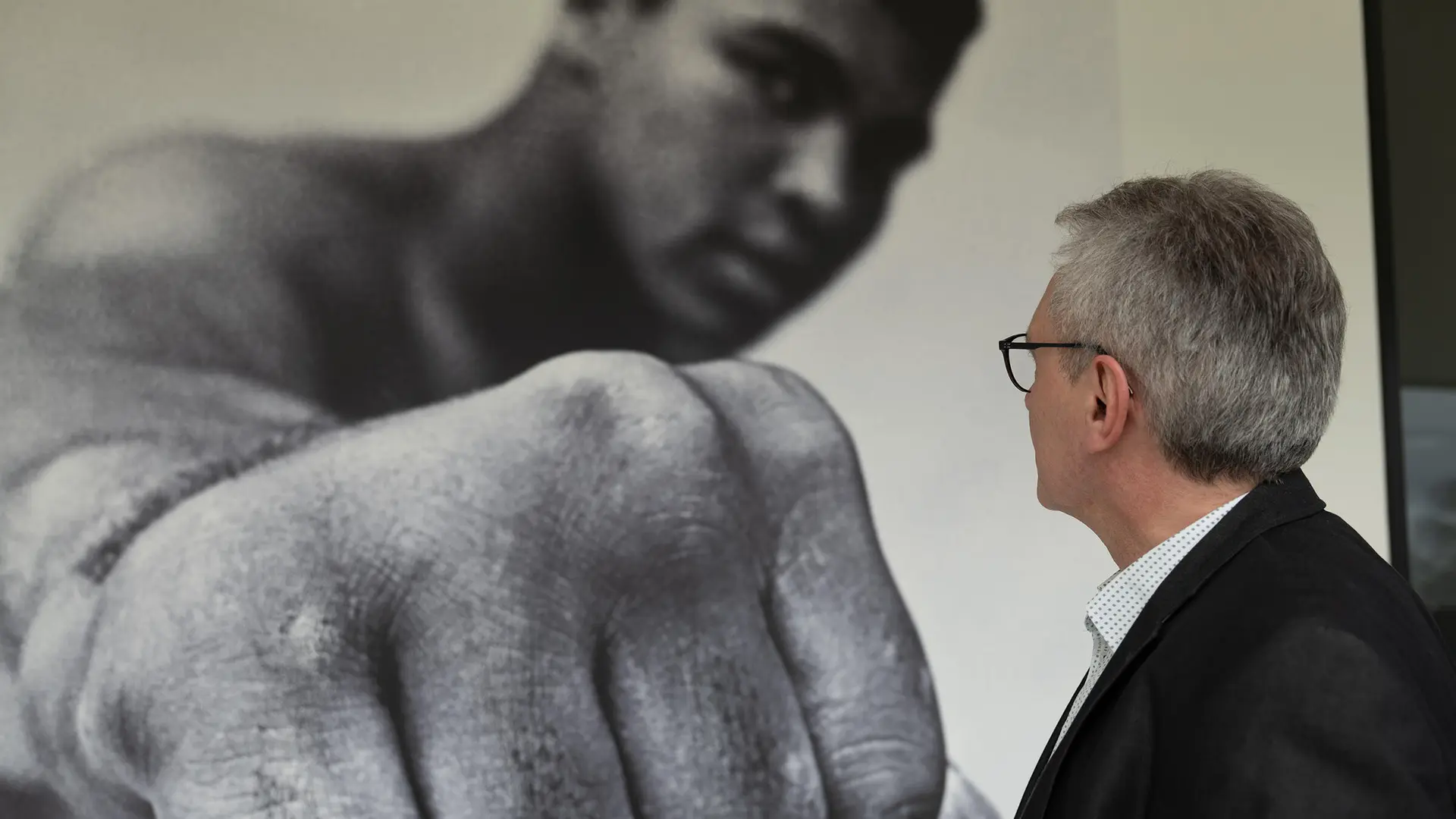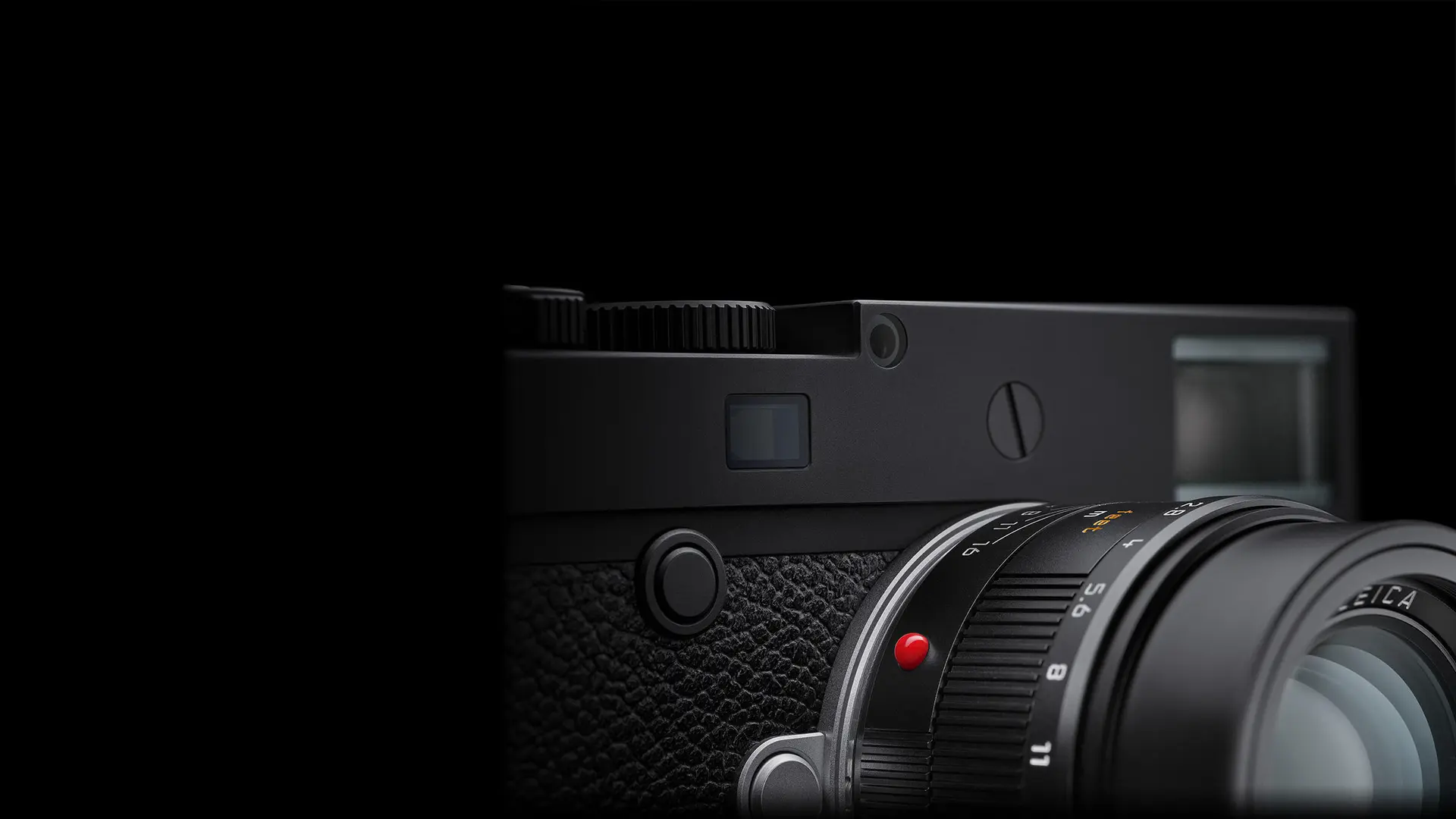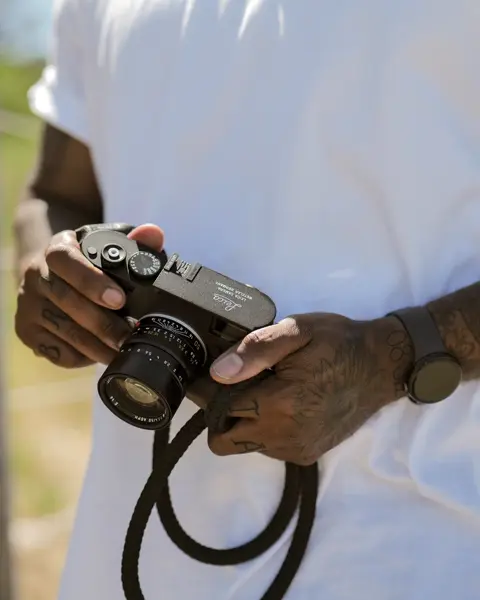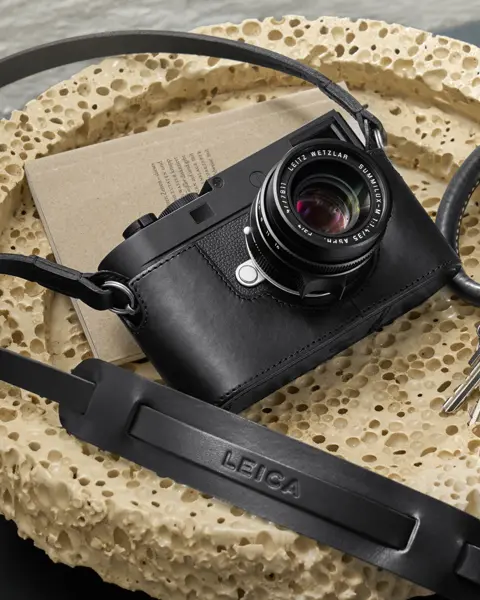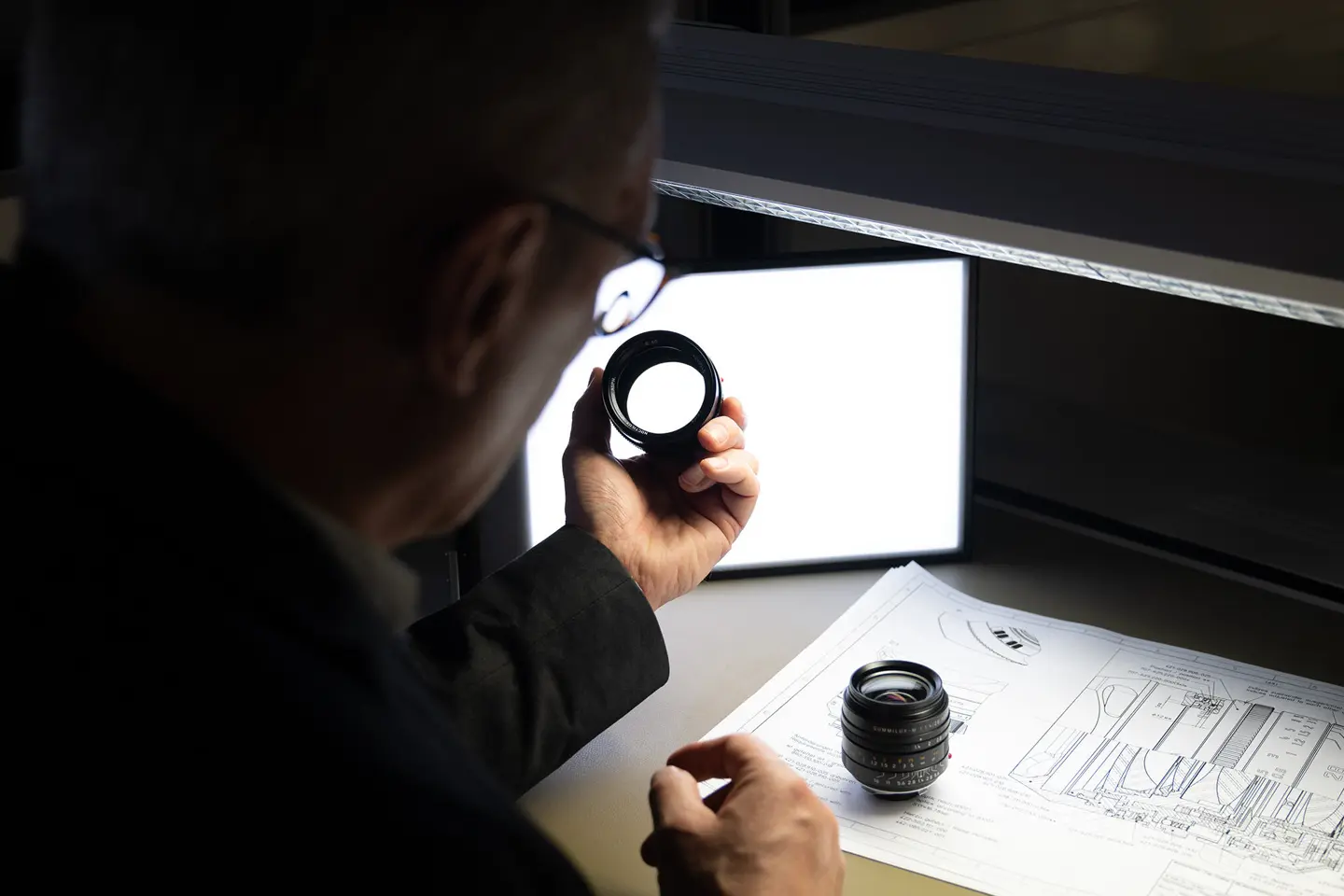
The Art of the Leica M-Lens

The whole is more than the sum of its parts
Peter Karbe
The M-System stands for exceptional photography - with M-Lenses playing an essential part in it. Each M-Lens has its very own character, just like the numerous people who work on it.
Peter Karbe perfectly represents this “non-quantifiable human element” at Leica. He and his colleagues at the department of optical engineering are responsible for the evolution of the M-System and the M-Lenses. They are laying the foundations so that new M-Lenses can be produced from a unique combination of high-technology and craftsmanship. At the Leica headquarters in Wetzlar, he gave us an insight into his work.

"We are very proud of what our colleagues are creating here."
The properties of the M-Lenses are: compactness, light intensity, imaging performance and robustness. Each of these aspects has specific design requirements. It is therefore not easy to keep all four in balance.
